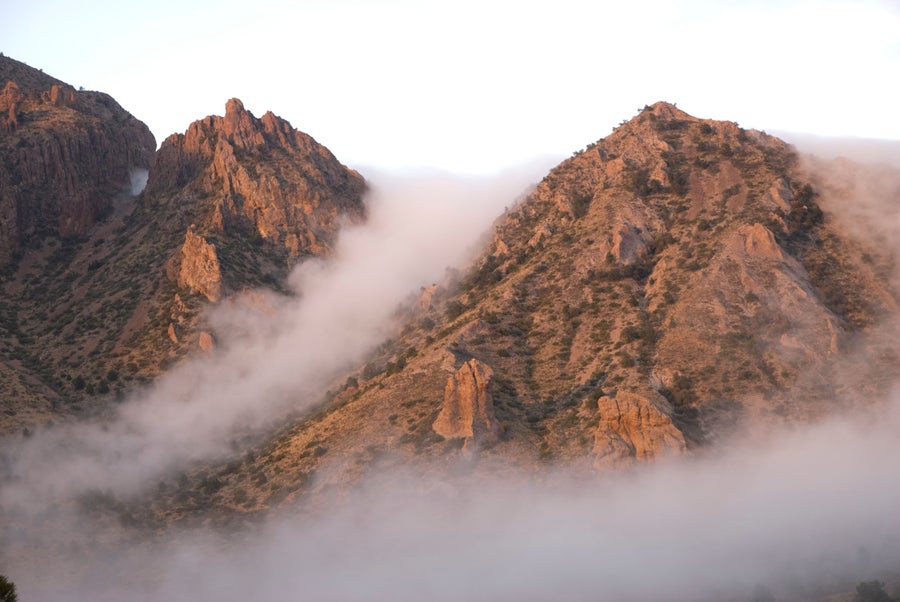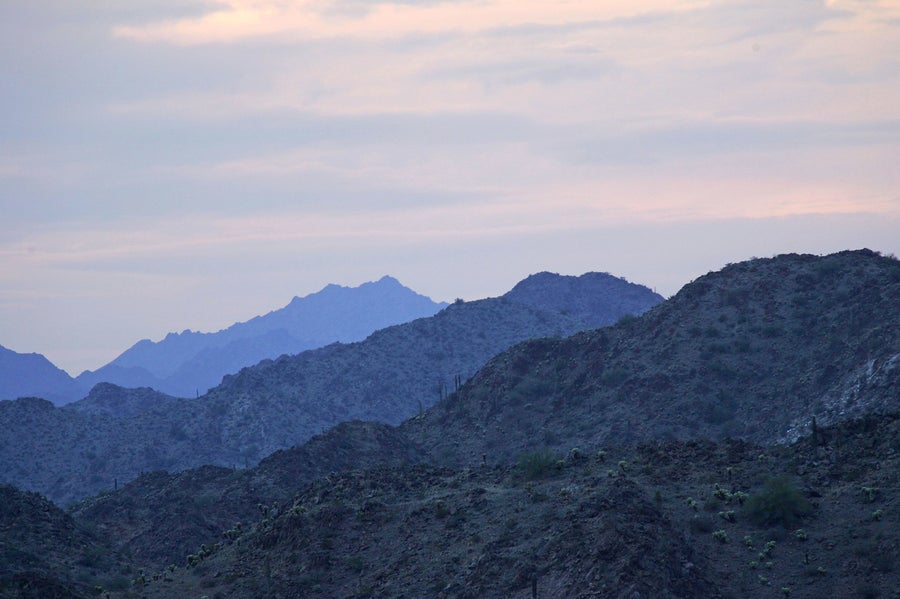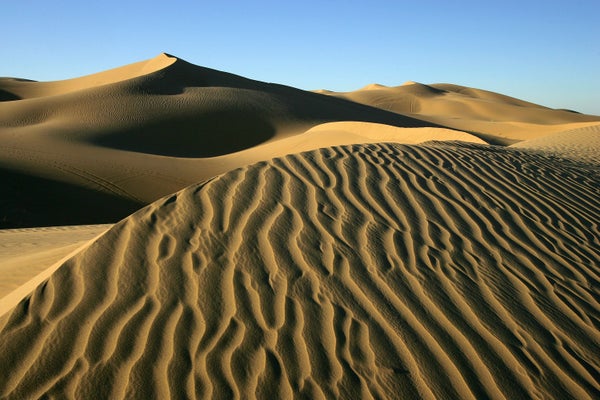This article was published in Scientific American’s former blog network and reflects the views of the author, not necessarily those of Scientific American
Last week, hundreds of engineers, architects and contractors put the finishing touches on their proposals to build Donald Trump’s border wall between Mexico and the United States. Of the 400 or so competitors, only a few have publicly shared their replies to the Customs and Border Patrol’s (CBP) request for proposals (RFP), and these tended to be of the more fantastical, media-seeking variety. There will be no hyperloop along the border, no linear solar park, no monorail. Still, it is possible for us outsiders to read the government’s RFP and envisage the kind of wall the Trump administration intends to construct.
The CBP has issued two RFPs—one for a 30-foot-tall “solid concrete wall” and a second simply referred to as the “other border wall”—suggesting that concrete is the material of choice, and all other materials are lumped in as “other.” The wall will most likely consist of precast concrete panels poured into forms and cured in an off-site facility, then trucked to the border for installation. Precast concrete is also the only building material that Trump himself has ever mentioned in reference to his border wall. (It should be noted that the prescribed height of 30 feet is a far cry from the 60, 70, and 80 foot figures that Trump cited on the campaign trail. The wall just got 50 feet shorter.)
Such a wall would be similar to highway sound barriers, which are cheap to produce and require comparatively little skilled on-site labor. These barriers are available in the 30 foot tall range specified by the RFP, and the networks for manufacturing and shipping these walls already exist. To achieve the “aesthetically pleasing” effect that the CBP desires, the concrete can be cast into formwork that gives it varying textures, and pigments can be added to the mix to change its color to match the environment. Keep in mind that the U.S. Department of Homeland Security (DHS) will decide what constitutes aesthetically pleasing, so don’t get your hopes up.
On supporting science journalism
If you're enjoying this article, consider supporting our award-winning journalism by subscribing. By purchasing a subscription you are helping to ensure the future of impactful stories about the discoveries and ideas shaping our world today.

Fog rolling into the Chisos Basin at 5400 feet above sea level in Big Bend National Park, situated on the remote Texas-Mexico border. Credit: Robert Daemmrich Photography Inc Getty Images
The RFP also calls for the wall to extend 6 feet below ground to deter people from simply tunneling underneath it. Since real drug smuggling tunnels are bored much deeper than 6 feet, this requirement probably seeks to prevent more extemporaneous tunneling efforts from would-be migrants. But a wall of this size would require a sizeable foundation regardless of the design intentions of its builders. A 30-foot-tall solid concrete wall will catch wind like a sail and will therefore have to resist overturning. The foundation is necessary to transmit that bending moment into the earth: Depending on the geotechnical conditions, a 6-foot deep foundation could be just about right for a 30-foot wall whether or not it was intended to prevent tunneling.
But a geographically diverse 2,000-mile-long border region warrants more than a one-size-fits-all solution. For example, the shifting sands of the Algodones Dunes in California rendered a truly static border wall impossible, so the Bush administration constructed a “floating fence” that rides on top of the sand. (This of course means that the fence may either invade Mexico or cede American territory depending on how the winds blow.) The Trump RFP has provisions for walls that can allow for stormwater runoff, and requires construction to accommodate 45 degree grades. The planned extents of the wall are not yet known, but these requirements suggest that the CBP anticipates building directly through hostile terrain.
The RFP makes no mention of the wall’s environmental impact, even though an impenetrable concrete curtain would fragment the habitats of endangered species, alter natural waterways and scar countless miles of otherwise untouched landscape. Cherished sites like Big Bend National Park in Texas and Cabeza Prieta Wildlife Refuge in Arizona would be marred by concrete and cut off from their Mexican counterparts. The reason for the lack of environmental consideration is perhaps because the 2005 REAL ID Act allows the federal government to ignore environmental regulations like the Endangered Species Act and the Native American Graves and Repatriation Act in their wall building operations. Former DHS Director Michael Chertoff used this power in 2008 as part of George W. Bush's efforts to build 700 miles of border fences and bollards. If the Bush administration didn’t concern itself with environmental regulations, why would the Trump administration?

Mountains on the US side of the USA-Mexico border are seen at the Cabeza Prieta National Wildlife Refuge on March 27, 2006 near Ajo, Arizona. Credit: David McNew Getty Images
The largest obstacle for the border wall project is that you simply can’t build on land that isn’t yours. The federal government may have the authority to slice up its own National Parks, but it must acquire hundreds of miles of privately owned property in order to complete the wall. All along the border, but particularly in Texas, the government will have to use its power of eminent domain to seize strips of land from unwilling citizens.
When landowners are able to fight the government in court, the resulting legal battles can delay construction by years. In fact, dozens of the eminent domain cases from the Bush administration are still pending. In addition, the Tohono O’odham Nation, whose territory includes a 62-mile-long strip of borderline in Arizona, is steadfastly opposed to the border wall. Though the nation works with the CBP it is unlikely that they will sacrifice their land, sovereignty and millennia of customs for Donald Trump’s pet project.
Finalists will begin to construct their border wall prototypes in a matter of weeks, but the sheer number of legal, environmental, and political headaches stirred up by the president’s plan all but ensure that designing the wall will be the easy part.
